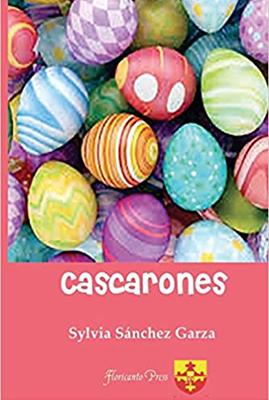
FICTION
Cascarones
Sylvia Sánchez Garza
Floricanto Press
(sc) 978-1-724-62288-4
Cascarones are colorfully decorated chicken eggs whose contents have been replaced with confetti or even small toys. In Mexican-American culture, cascarones are used in Easter egg hunts, and they symbolize not only the resurrection of Jesus but also spring, family togetherness, and good luck.
Edinburg, Texas, writer Sylvia Sánchez Garza’s Cascarones is an entertaining, informative short novel best classified as a bildungsroman, a coming-of-age story focused mostly on one character’s formative years.
Set in South Texas in the 1960s, 1970s, and present, Cascarones is written for young-adult readers. However, older readers also can enjoy it and learn more about Mexican-American Easter traditions and family life, plus some of the impacts of racial discrimination.
In the book’s flashback portions, Ms. Garza’s main character, Suzy, is growing up within the protective shell of being among many relatives.
“Being part of a close-knit Mexican American, Rio Grande Valley family,” Suzy recalls, “my brothers, sisters, and I grew up with the privilege of always being surrounded by loved ones regardless of where we were. Our fifty plus first cousins on Mommy’s side, and almost thirty first cousins on Daddy’s side were like brothers and sisters to us. All of the family celebrations included them.”
The annual Easter scramble to find cascarones—and the rowdy ritual of getting them cracked on your head—stand out as important events as Suzy recalls past family gatherings and lessons learned about life and death.
“All the cousins search for the coveted golden egg as if they were searching for ‘The Holy Grail,’” Suzy explains. “It doesn’t matter what’s inside of it; it’s the principle. It’s the fact that it is the ‘Golden One.’ Sometimes it takes hours to find, but no one gives up until it is found. Of course there is the silver, and the bronze as well, but the significance is of no comparison. The one who finds the impossibly, incredibly well hidden, golden egg is always the hero of the day.”
Suzy also recalls how cultural pressures and her mother’s conservative Catholic beliefs sometimes clashed with Suzy’s teenage efforts to forge and solidify her identity as a young woman.
